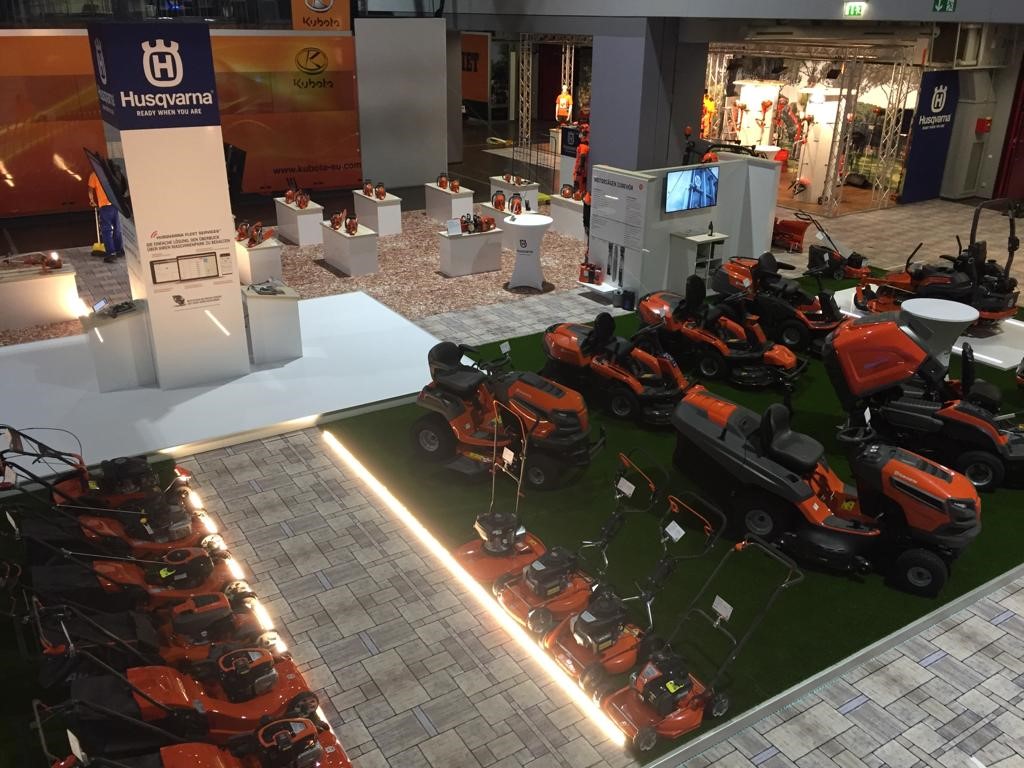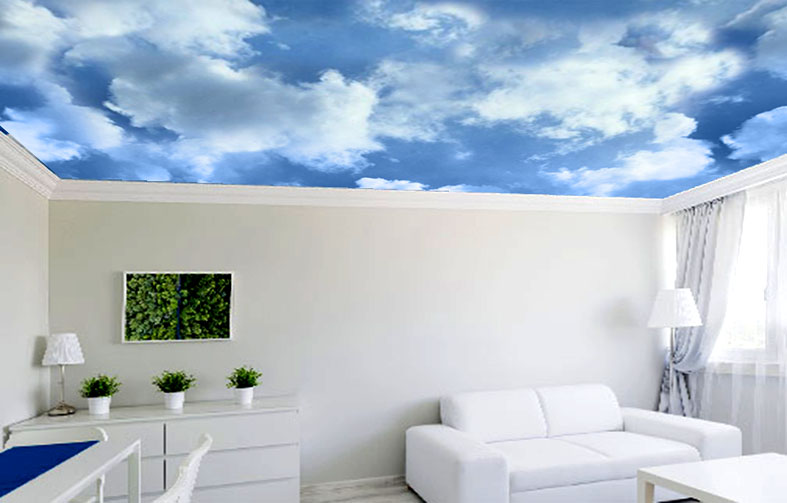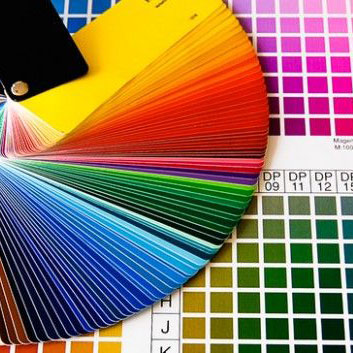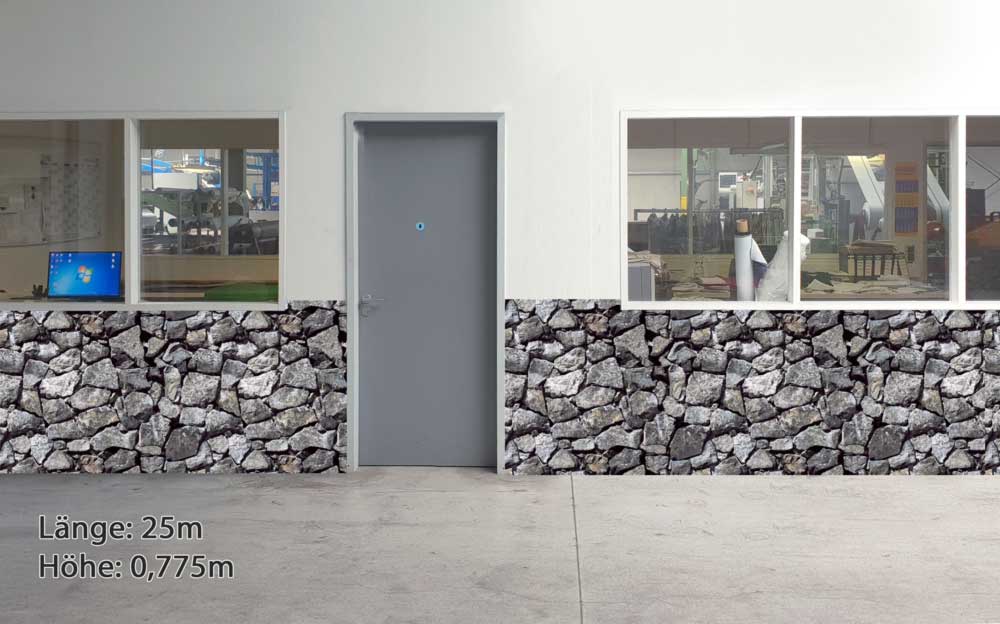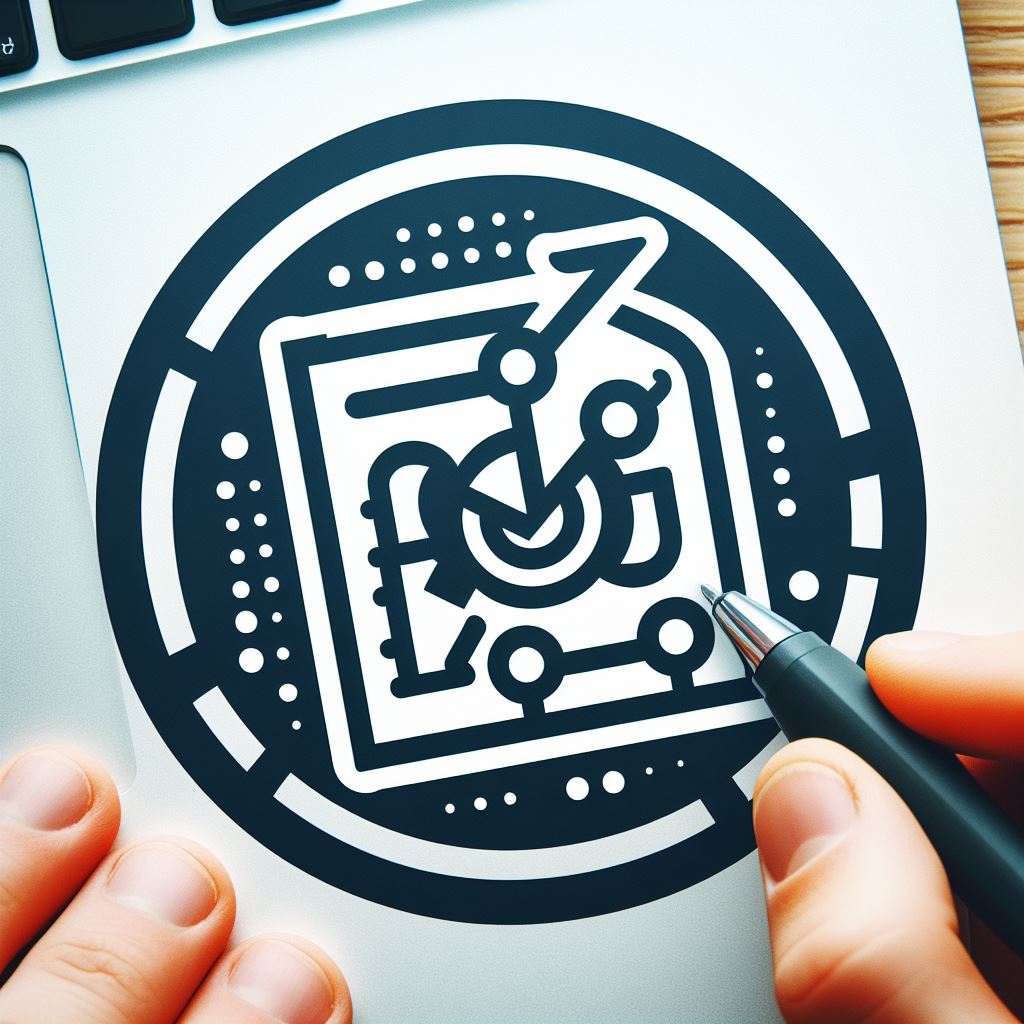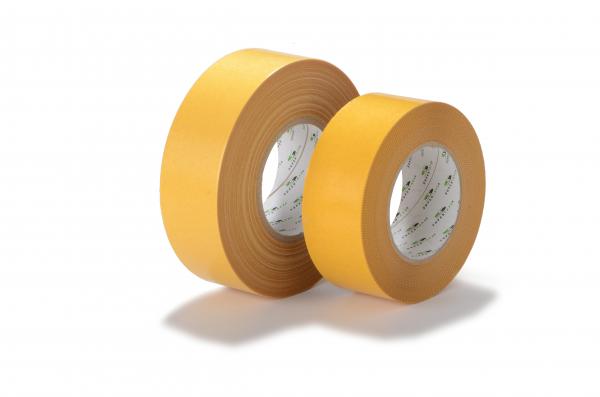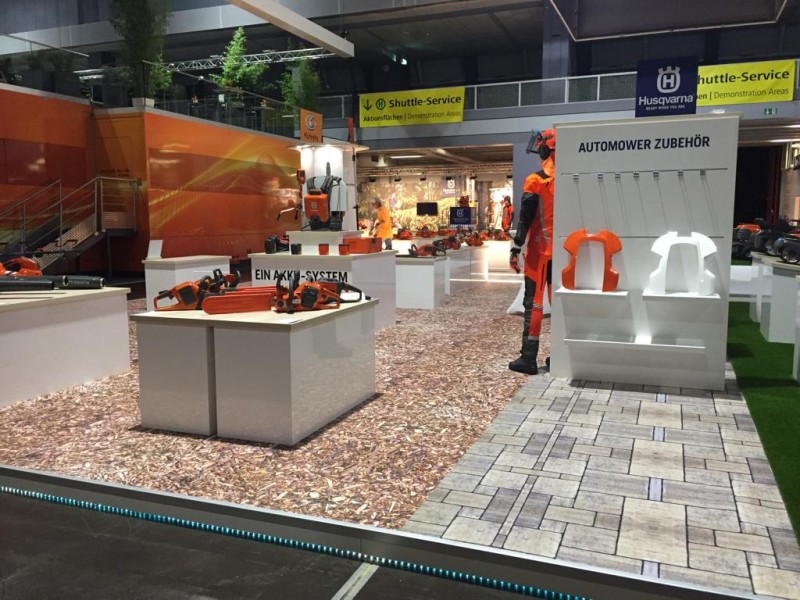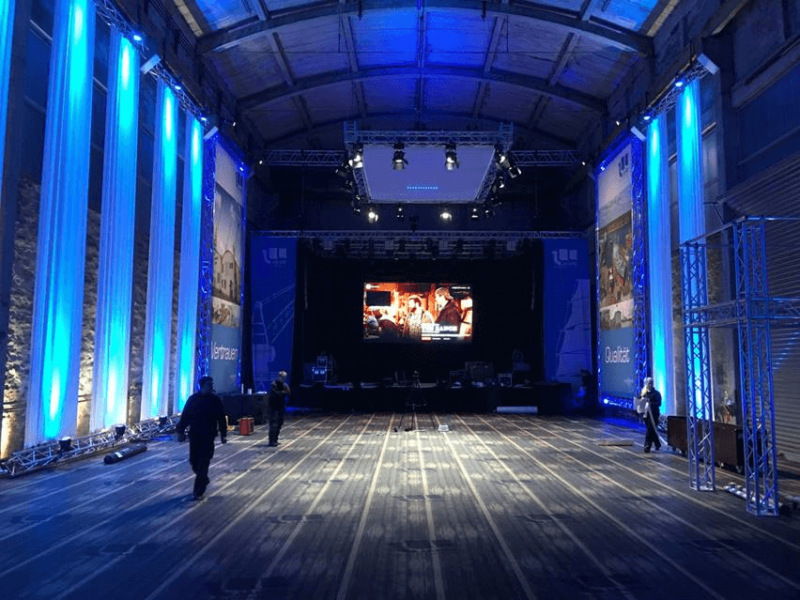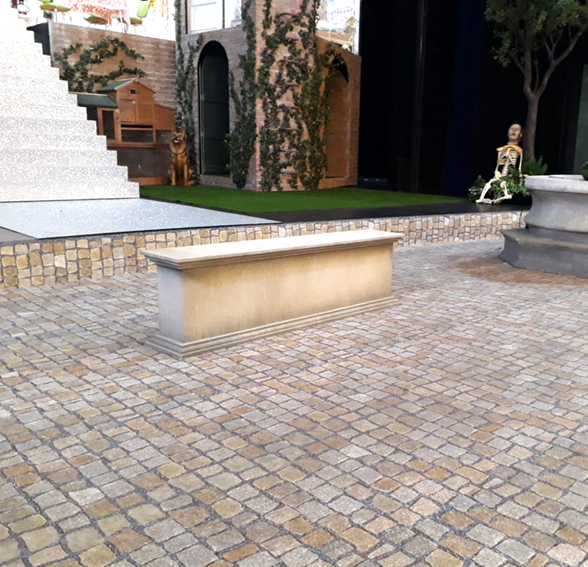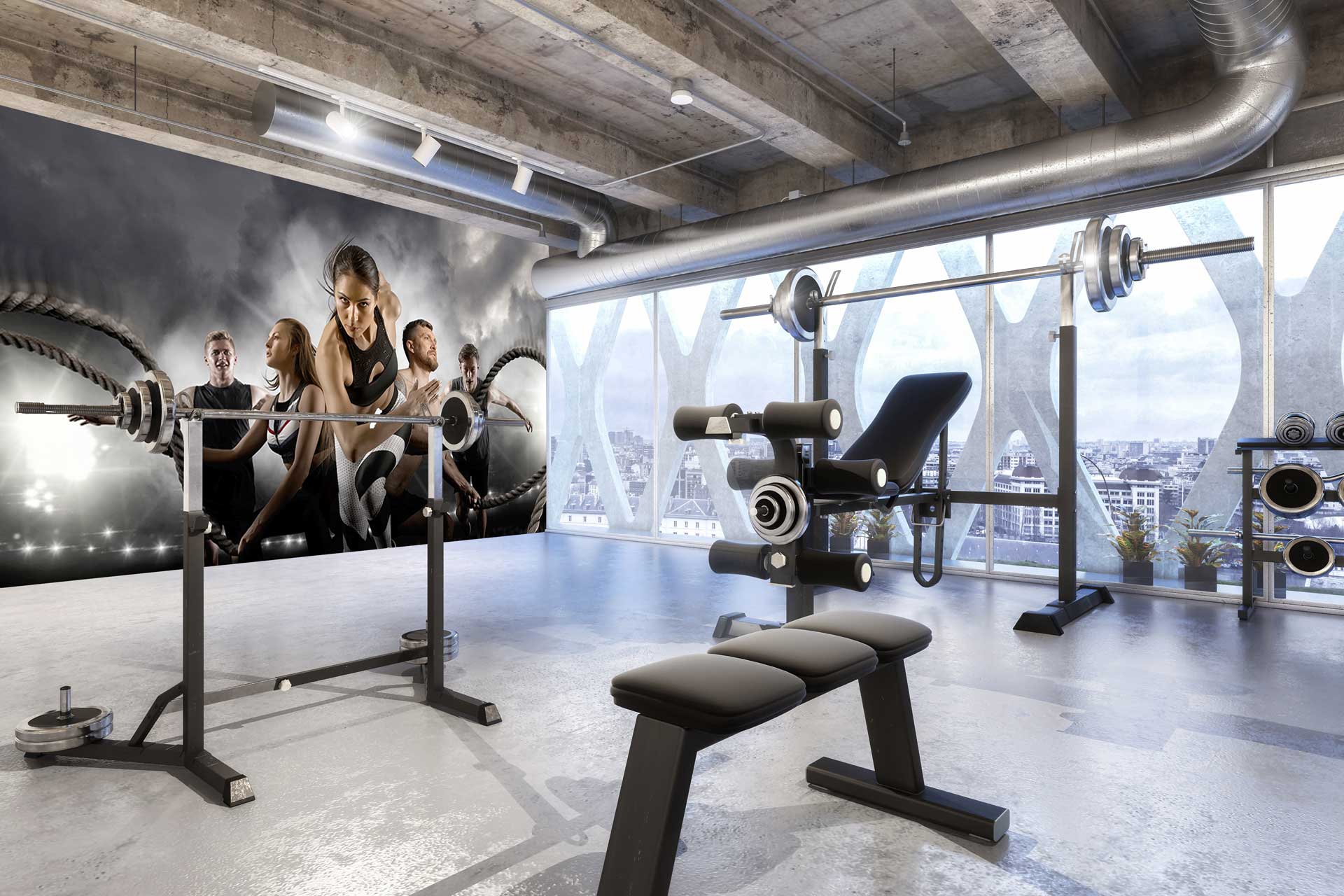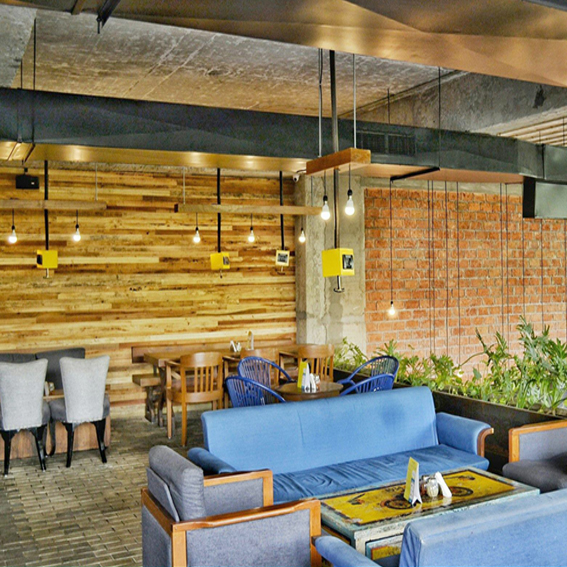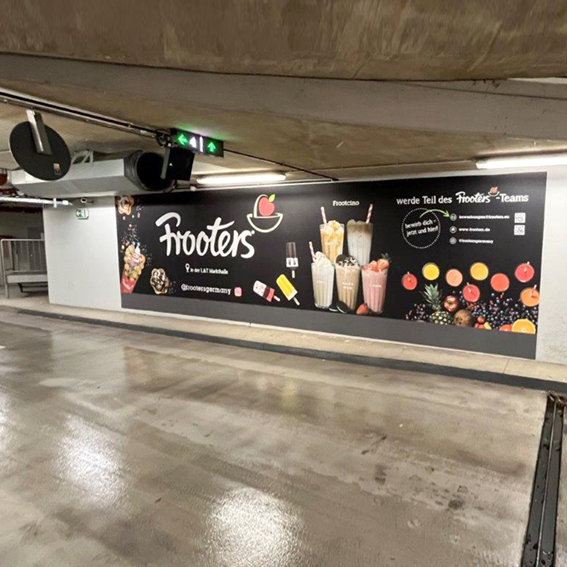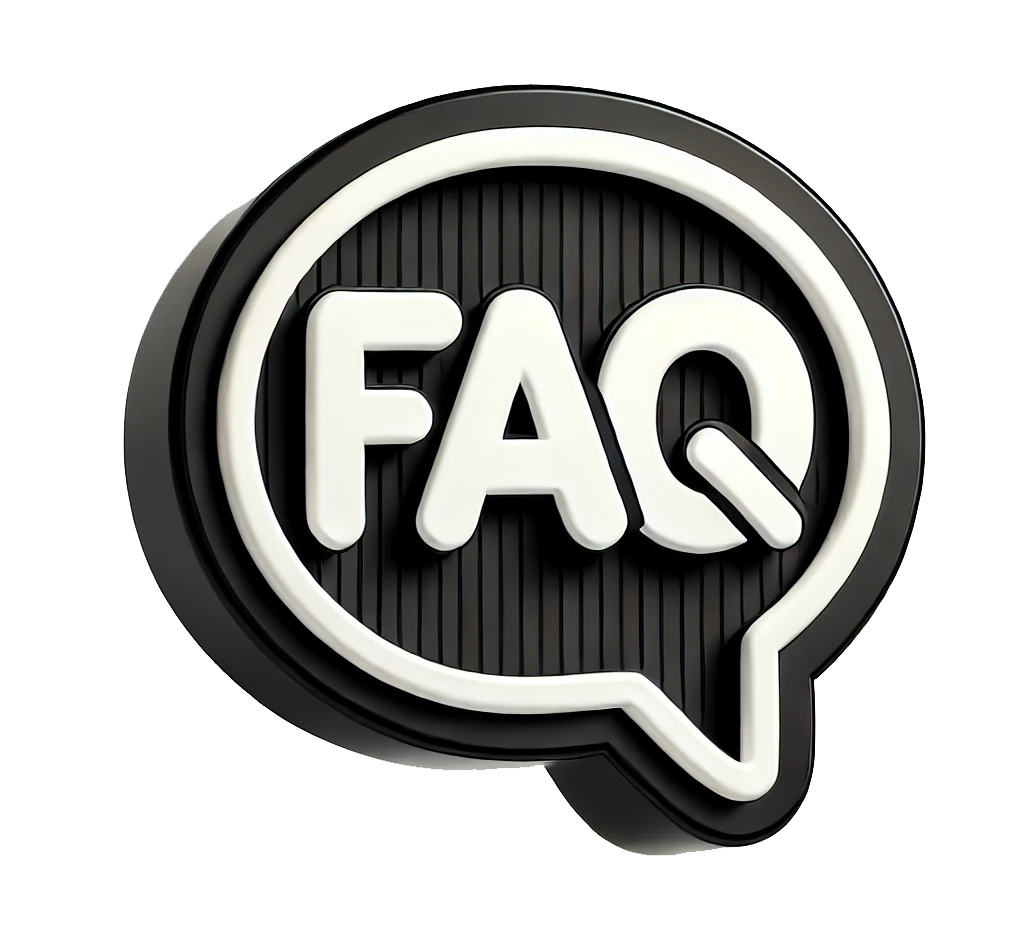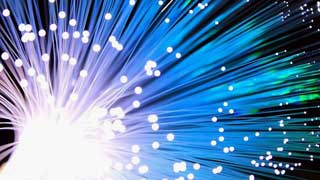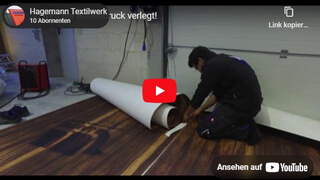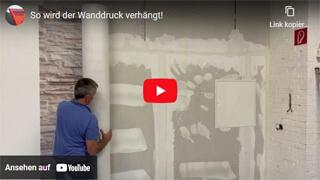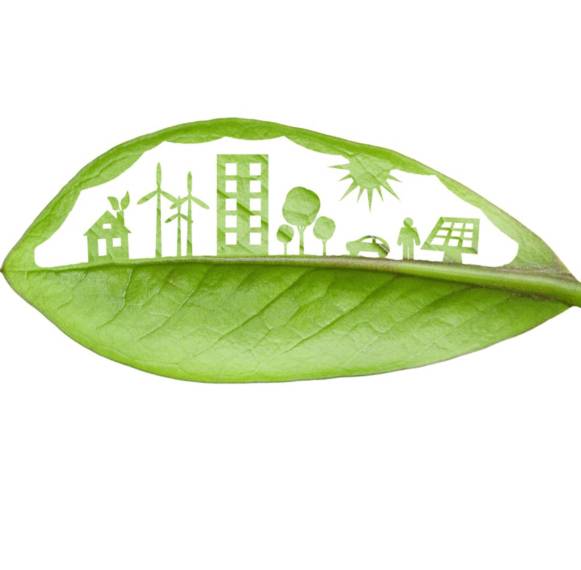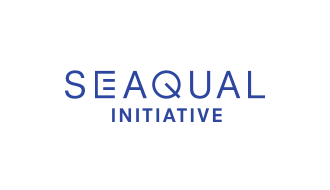The Seaqual Initiative: A Joint Fight Against Marine Pollution
The Seaqual Initiative is a global movement aimed at ridding the oceans of plastic waste and transforming it into high-quality, sustainable materials. Working with fishing boats, NGOs, and local communities, it collects and recycles marine plastic to make our oceans cleaner.
The Mission
The Seaqual initiative transforms collected plastic into Seaqual® Yarn, an innovative material used in the textile industry. This transforms waste into new products that are both environmentally friendly and high-quality. Each kilogram of Seaqual® Yarn represents approximately one kilogram of plastic removed from the ocean, demonstrating the significant contribution of this initiative.
Support the initiative:
By purchasing products made from Seaqual® Yarn, you are actively supporting the fight against marine pollution. Every purchase helps ensure that less plastic ends up in our oceans and is instead transformed into useful materials.
The Seaqual initiative shows that through collective action and innovative solutions, we can have a positive impact on our environment. Become part of this movement and help make our oceans cleaner and our world more sustainable.
Seaqual-Fasern: Was sie sind, wie sie entstehen & wofür sie sich eignen
Seaqual® verwandelt Meeres- und Küstenplastik in hochwertige Polyester-Garne. Herstellung, Eigenschaften, Zertifikate und Antworten auf häufige Fragen – kompakt erklärt.
Kurz & knapp
Aus Meeres- und Küstenplastik
Eigenschaften ähnlich PET-Polyester
Zertifizierbare Lieferkette, Batch-Dokumentation
Was sind Seaqual-Fasern?
Seaqual-Fasern sind Polyester-Garne aus recycelten Kunststoffen, die aus Meeren, Flüssen und Küstenregionen gesammelt, gereinigt und zu rPET verarbeitet werden. Aus rPET-Chips entstehen Granulat, Filamente und schließlich Garne.
Herstellung – in 6 Schritten
- Sammeln & Sortieren von marinen Kunststoffabfällen.
- Reinigung & Aufbereitung (Entfernung organischer Bestandteile).
- Recycling zu rPET-Chips / Granulat.
- Schmelzspinnen zu Filamenten.
- Spulen, Verstrecken, ggf. Texturieren.
- Färben/Veredeln & Weiterverarbeitung zu Geweben/Wirkwaren.
Hinweis: Exakte Anteile und Prozessvarianten je Charge/Partner – Nachweise auf Anfrage.
Eigenschaften & technische Daten
Mechanik
- Reißfestigkeit & Dehnung ≈ Standard-rPET
- Formstabil, knitterarm
- Gute Abriebwerte
Beständigkeit
- Wasch- & UV-beständig
- Geringe Feuchtigkeitsaufnahme
- Pflegeleicht
Nachhaltigkeit
- Recycelter Rohstoff (marine/küstennah)
- Unterstützt lokale Sammelstrukturen
- Transparente Lieferkette möglich
Vergleich (Kurzüberblick)
| Kriterium | Seaqual (rPET) | Standard PET |
|---|---|---|
| Rohstoff | Recycelte Kunststoffe (marine/küstennah) | Fossile Primärrohstoffe |
| Mechanische Performance | ≈ PET (abhängig von Titer/Konstruktion) | Referenz |
| CO₂/Ökobilanz | Potentiell geringer | Höher |
Zertifikate & Nachweise
- Nachverfolgbarkeit: Chargen-/Batch-Nachweise auf Anfrage
- Lieferkette: Partner-/Audit-Informationen verfügbar
- Datenblätter: Technische Spezifikationen, Pflegehinweise
FAQ – häufige Fragen zu Seaqual
Woraus bestehen Seaqual-Fasern genau?
Sind die Eigenschaften wie bei normalem Polyester?
Welche Nachweise erhalte ich?
Für welche Anwendungen ist Seaqual geeignet?
Download as PDF (English)
SEAQUAL INITIATIVE 2024_Holistic_Opt_low.pdfWas sind SEAQUAL®-Fasern?
SEAQUAL®-Fasern sind hochwertige Polyester-Garne, die aus recycelten Kunststoffen gewonnen werden, welche aus Meeren, Flüssen und Küsten gesammelt und gereinigt wurden. Diese Fasern sind Teil der SEAQUAL INITIATIVE, die sich dem Ziel verschrieben hat, Meeresplastik in nachhaltige Textilien zu verwandeln.
Die Herstellung von SEAQUAL-Garn spart im Vergleich zu neuem Polyester bis zu 60 % CO₂, 40 % Wasser und 50 % Energie.
Herstellungsprozess & Eigenschaften
- Sammlung & Reinigung: Plastikmüll wird aus Meeren, Flüssen und Küsten entfernt und sorgfältig gereinigt.
- Verarbeitung: Das gereinigte Material wird zu rPET-Chips, dann zu Granulat und anschließend zu SEAQUAL®-Garn verarbeitet.
- Ressourcenschonende Produktion: Deutliche Einsparungen bei CO₂-Emissionen, Wasser und Energie im Vergleich zur Erdöl-basierten Polyesterproduktion.
- Zertifiziert: Global Recycled Standard (GRS) und Oeko-Tex Standard 100 gewährleisten Rückverfolgbarkeit und Schadstofffreiheit.
Umweltbeitrag
- Jedes Kilogramm SEAQUAL®-Garn steht für die Entfernung von etwa 1 kg Plastik aus Ozeanen und Gewässern.
- Unterstützt aktiv die Reduzierung von Plastikmüll im Meer.
- Fördert eine nachhaltige, zirkuläre Wertschöpfungskette.


